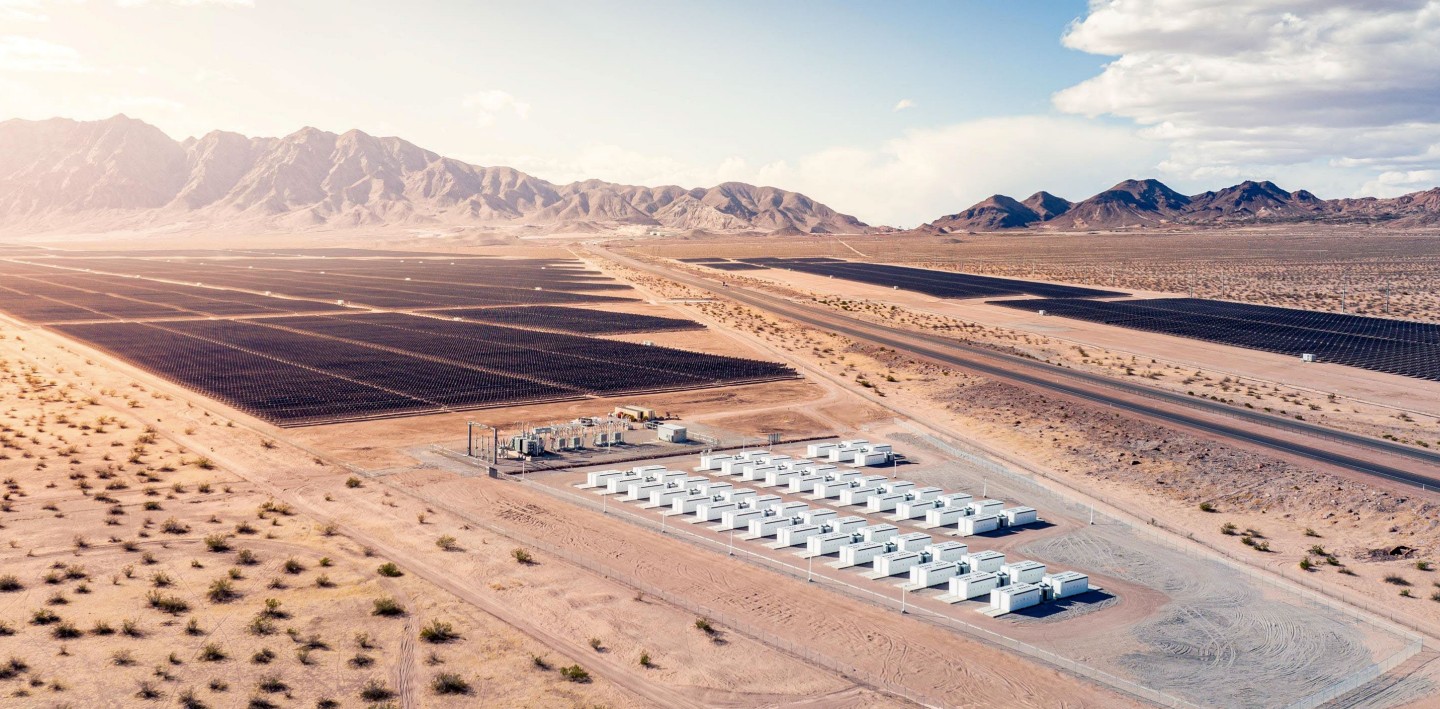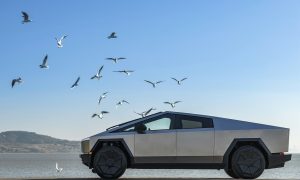Tesla has released its 2021 Impact Report, and it revealed that the company is making huge strides in its efforts to help accelerate the world’s shift to sustainable energy.
From the people it employs to its supply chain and products, Tesla is transforming itself into an entity that is cleaner, more efficient, and more responsible than ever before.
Tesla’s website focused on four notable portions of its 2021 Impact Report, namely the company’s people, environment, supply chain, and products. In each of these topics, Tesla highlighted the steps it took to better itself while setting a standard for the automotive industry as a whole.
People
Tesla’s 2021 Impact Report took particular focus on the fact that the company is a majority-minority company, with 62% of its US workforce belonging to underrepresented groups. This was made possible by the company’s Diversity, Equity, and Inclusion team, which adopts a people-first and data-driven approach to champion DEI in Tesla’s business and in the communities in which the company operates.
Tesla also highlighted that the company remains attractive to job-seekers. In 2021 alone, Tesla attracted 3 million applicants, providing that interest in joining the company’s mission to accelerate the world’s transition to sustainable energy is at an all-time high. Tesla noted that it would continue to expand access to hiring opportunities for underrepresented communities by building community partnerships, pushing training programs, and more.
Environment
Tesla noted that its solar panels had generated more electricity than has been consumed by its vehicle fleet and factories between 2012 and 2021. Tesla estimated that its solar panels produced about 25.39 TWh of energy from 2012-2021. In comparison, the energy used to charge all Tesla vehicles and the energy used at Teslas factories and other facilities is estimated to be at 25.27 TWh.
To truly make an impact on the world, Tesla would need to scale its operations by a significant degree while making its products consistently better. The company is making strides with this, with the Model Y AWD becoming the most efficient all-electric SUV with its 4.2 EPA miles per kWh. Tesla’s vehicle production is also being improved with each new factory, allowing the company to deliver more and more electric cars to the market every year.
Supply Chain
Tesla’s 2021 Impact Report was very particular about the fact that its supply chain is getting cleaner over time. The company has strict rules for its existing suppliers, while new suppliers are required to disclose the details of their own supply chains. This way, Tesla could verify sources and identify potential risks through third-party audits. Efforts are also underway to focus more on battery production as well, with Tesla representatives visiting the Democratic Republic of Congo and Argentina to complete social and environmental risk assessments.
Tesla has also made a lot of strides when it comes to reusing the raw materials that are used for its battery packs. So far, Tesla facilities have begun implementing an in-house closed-loop recycling system that would ensure that 100% of Tesla batteries received are recycled, and up to 92% of their raw materials are used. Of course, Tesla’s strategy of using different battery chemistries for its product lineup also helps avoid straining a specific supply chain.
Product
Tesla’s products speak for themselves, and this is no more evident than in the company’s vehicle lineup. As of date, Tesla has all but introduced and rolled out a new approach to vehicle safety through over-the-air software updates. The company’s vertical integration also ensures that its vehicles belong to an ecosystem that is reliable and best-in-class. A good representation of this would be the Supercharger Network, which achieved 99.96% uptime in 2021. The Supercharger Network was also 100% renewable last year.
Tesla’s vehicles are also leading in safety, as shown in the safety figures of the company’s vehicles when Autopilot is engaged. So far, Tesla’s vehicles are safer than the US average, both in terms of accidents and fires. “From 2012 to 2021, there has been approximately five Tesla vehicle fires for every billion miles traveled. By comparison, data from the National Fire Protection Association (NFPA) and US Department of Transportation show that in the US there are 53 vehicle fires for every billion miles traveled,” Tesla wrote.
Tesla’s 2021 Impact Report can be viewed below.
2021 Tesla Impact Report by Simon Alvarez on Scribd
Don’t hesitate to contact us with news tips. Just send a message to simon@teslarati.com to give us a heads up.











